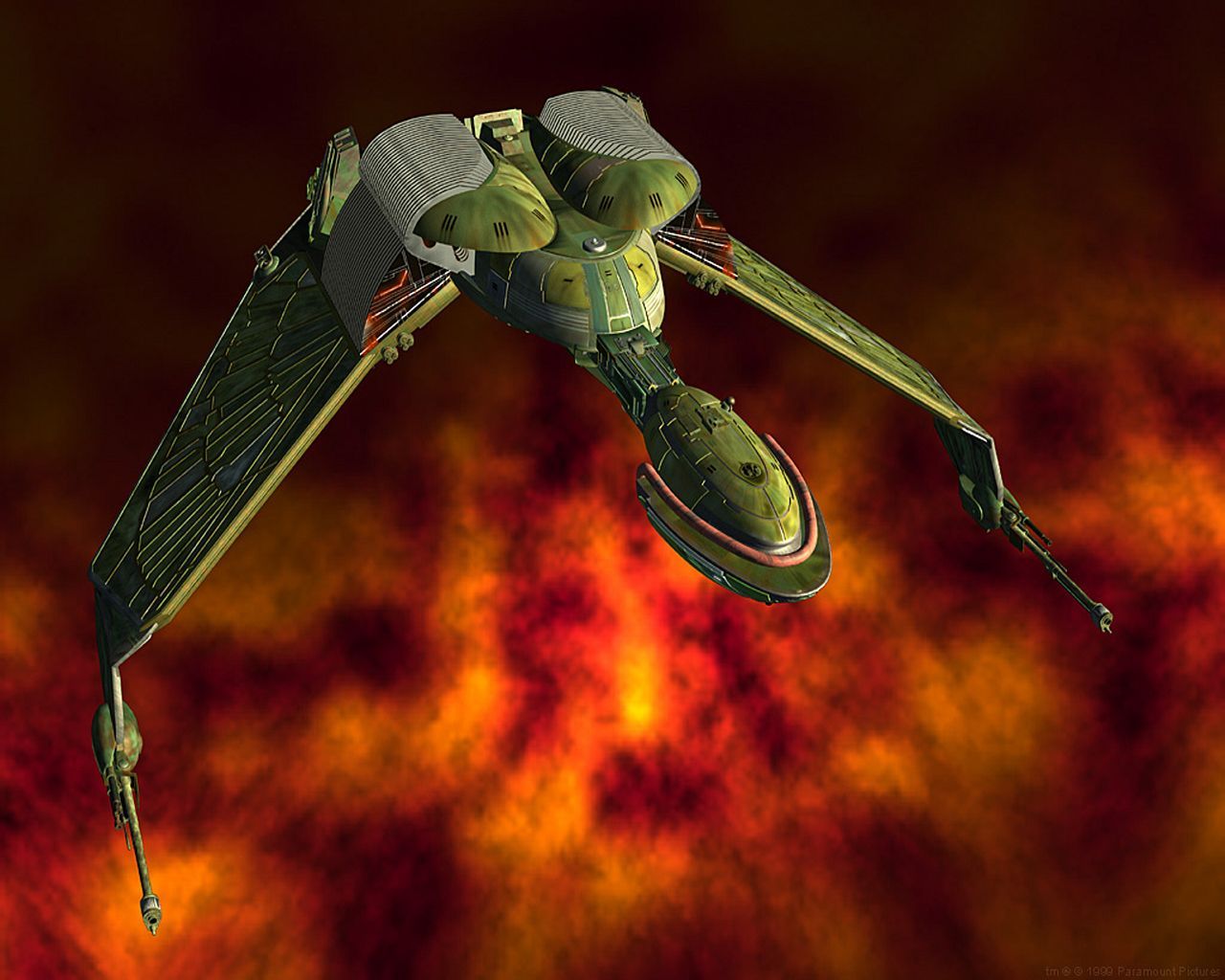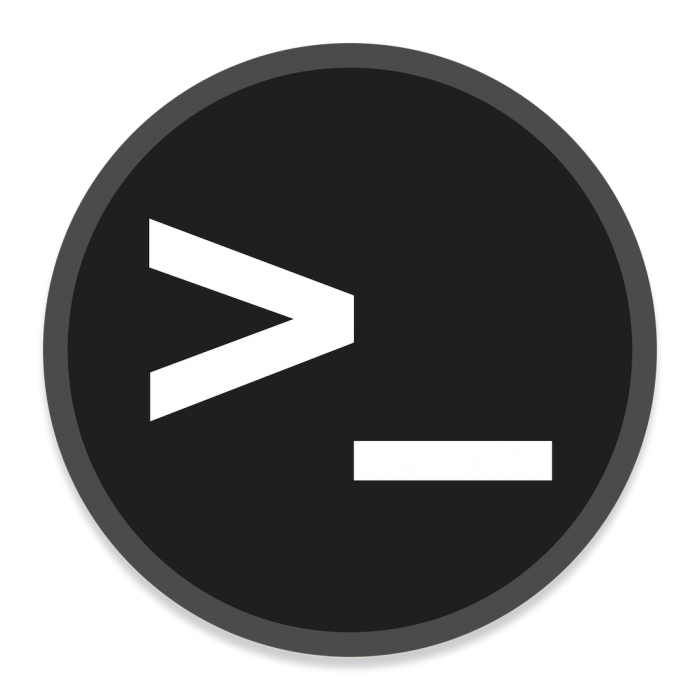It should; screen is older, and tmux was a new alternative to try to address screen’s deficiencies. It’s still more correct to say “tmux is like screen.”
There’s also dvtm, also newer than screen.
I was a longtime screen user before switching to tmux, which is IMHO categorically better. I tried dvtm for a few months, but you have to pair it with something else to get close to tmux, and I found it fussy and difficult.
Then there are a bunch of terminals with built in multiplexors, which baffles me: it binds you to a specific terminal, loses all of the benefits of persistent sessions, and can’t be used remotely over ssh. It’s not clear to me why people build or use those.




















I just got a new, cheap, fanless micro computer that advertises itself as running Linux, and I spent today looking at Arch-based distros; Cachy made my short list, although I’ve never run it.
Is it suitable for running a headless, fanless mini-PC that’s raspy just going to be a snapclient host?
Is there a “Server” option in the installer? Once I get this set up, it’s going to be running entirely headless and without any peripherals (except the AUX out), and I’d like to strip out all of the unneeded software.
I’ve installed bare Arch before, and it’s a PITA I’d rather avoid; it’s easier to just install Garuda or Endeavor and then uninstall X and Wayland, and everything that depends on them. I’m wondering how Cachy fares in this situation.
Before anyone suggest I use a different, non-Arch distro for this: no. I understand pacman and yay, and I know where Arch puts files that every distro has a different opinion on locating. I’ll play with other distributions and switch when I find one I like more, but this is a device I just want to set up and forget about except for periodic upgrades.
Anyway, what are your opinions on CachyOS? I’ve been pretty happy with Endeavor for desktops, but I wouldn’t put it on a headless server.